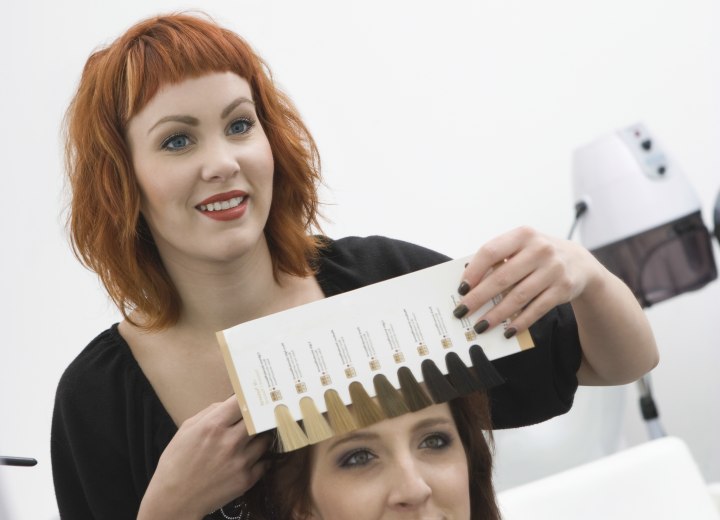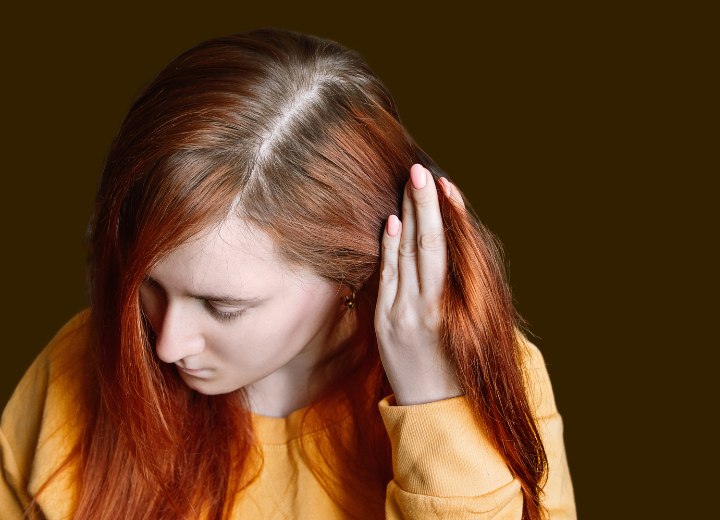How to Get Back to Your Natural Hair Color

In my line of work, I meet many women who have been coloring their hair for a long time before deciding to return to their natural color. The problem is, these women often have no idea how to go about achieving their natural color again.
She knew that her hair used to be the same color as my mom's, so she went to her hairdresser with a photo of my mom and aimed to restore her hair to the medium brown it used to be. Well, the stylist apparently matched the brown color, and my aunt sat in the salon chair looking at her hair in the mirror, reminiscent of the color she had in junior high school. It looked good – shiny, soft, and smooth – and she was thrilled.
However, her excitement diminished when she stepped outside to her car in the bright afternoon sunlight and saw her hair in the car mirror, illuminated by the sun through the sunroof. As the sun shone on her medium brown hair, it had a sickly greenish glow. She burst into tears and hurried back into the salon, dragging her hairdresser out onto the street to witness the outcome.
Well, to cut the long story short (which required two additional salon visits in the following five days), her hair finally achieved a natural, non-green coloration. She stopped bleaching her hair and began using a demi-permanent color to cover the inevitable gray hair that comes with having two teenage daughters.
But the main point of the story is that there are many factors to consider when attempting to recapture your "natural color." It's not just about achieving the original color, but also taking into account the color you've been using while dyeing your hair, the condition of your hair resulting from the coloring process, and whether the "natural color" will complement you at this stage.

Factors to Consider
When you decide to attempt to regain your natural hair color, the first thing to determine is precisely what your natural color is. Old photos can be helpful, as long as they have been well-preserved and still accurately represent the colors. Other sources include siblings who have the same color you used to have, and even your children can provide examples of your original color.
An excellent way to determine your natural color is to let your hair grow out slightly longer than usual between touch-ups and observe the color of the new growth. Once you have a sample of the color, you need to determine which shade from a specific brand comes closest to matching that color.
This brings us to the second important factor, which is the color you have been using since deviating from your natural color. If you have been sporting a golden blonde shade for all these years and now wish to return to a medium brown, you must ensure that the color you intend to use to achieve that medium brown is compatible with the underlying pigments of the color you have been using.
For example, if the color you have been using has a gold or yellow pigment as a base to achieve the blonde tones, applying a medium brown shade with a blue or dull base pigment will result in an unpleasant (definitely not lovely) shade of green. Therefore, it's crucial to know your starting point, your desired destination, and the correct path to take you there.
Continue reading ...